Noise Control Products
The process of reducing unwanted noise and noise pollution is called soundproofing. Soundproofing material is a form of insulation that absorbs the sound in a room to create a quieter environment. Read More…
Founded in 2019, DDS Acoustical Specialties stands at the forefront of the acoustic solutions industry, boasting a cumulative experience of more than 45 years. With a commitment to excellence, we specialize in the design, management, and installation of cutting-edge noise control and soundproofing products that cater to the unique needs of businesses across the nation. As we continue to evolve...
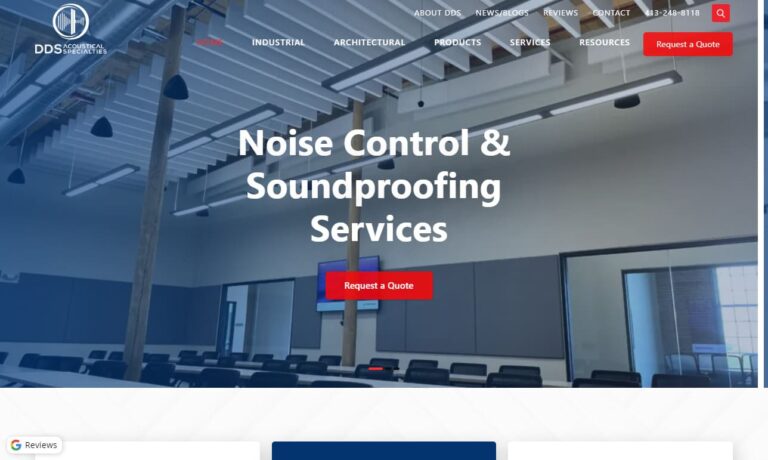
At IAC Acoustics, we specialize in providing comprehensive noise control solutions that address the acoustic challenges faced by a wide range of industries. Our work is rooted in engineering precision and a deep understanding of sound attenuation, enabling us to design and manufacture high-performance products that solve real-world noise issues.

Acoustical Control will do everything from design to final inspection. We custom make noise control systems for each project. We have been extremely successful in the area of noise control on oil and gas compressors. We can help you with your soundproofing needs. Contact us today.

Isotech, Inc. offers a wide range of Noise Barrier products to contain/reduce/block the noise path. These include flexible portable or permanent enclosures or sheets and rolls of mass loaded vinyls, quilted barrier composites and absorber barrier composites. A noise barrier treatment is extremely effective in reducing overall noise levels depending on the extent that the noise barrier blocks the...

More Noise Control Companies
Applications of Sound Proofing Materials
Soundproofing materials are essential across a wide range of industries and environments for controlling unwanted noise and enhancing overall acoustic quality. In manufacturing facilities, these noise control solutions mitigate the loud and disruptive sounds generated by industrial machinery and equipment, protecting workers’ hearing and supporting OSHA compliance. By improving the workplace soundscape, soundproofing also enhances communication and concentration, resulting in increased productivity and reduced risk of workplace accidents.
In critical testing environments such as hearing and product testing facilities, soundproof chambers and anechoic rooms are used to create controlled acoustic environments. These facilities rely on precision sound isolation to measure decibel levels, product noise emissions, and the impact of various frequencies on human perception or product performance.
Soundproofing materials are also commonly integrated into everyday commercial and residential settings. Coffee shops, bars, restaurants, theatres, churches, and offices benefit from acoustic panels, baffles, and absorbent ceiling tiles, which are often seamlessly incorporated into the décor. These materials reduce reverberation, eliminate echo, and foster a more pleasant environment for patrons and employees.
Are you looking to reduce noise in your workspace, home, or entertainment venue? Explore the best soundproofing materials for your unique application, or compare leading noise control companies to find the right partner for your project.
History of Sound Proofing Materials
The science of soundproofing and acoustic engineering dates back to the late 19th century, with significant advancements attributed to Wallace Clement Sabine. In the 1890s, Sabine, a pioneering physicist, sought to improve the poor acoustics of Harvard’s Fogg Art Museum lecture hall. Through his research, Sabine introduced the concept of reverberation time—the duration required for sound to decay within a space—and applied these principles to the design of Boston Symphony Hall. Opened in 1900, it became the first building constructed with scientifically formulated architectural acoustics, laying the groundwork for modern noise control technology.
Fast-forward to the 1960s and 1970s, the cultural rise of loud music, rock concerts, and urbanization led to an increase in noise-induced hearing loss and other health concerns. By 1978, the U.S. Environmental Protection Agency (EPA) reported that over 20 million Americans were exposed to environmental noise at levels capable of causing permanent hearing damage. This public health crisis fueled legislative action and spurred innovation in noise control engineering.
With the passage of the Noise Control Act of 1972, the U.S. established national noise emission standards and mandated the installation of sound barriers along highways and in public infrastructure. These efforts, supported by advanced acoustic materials, have made soundproofing an integral part of building design, transportation infrastructure, and industrial safety. Today, ongoing research continues to drive improvement in sound insulation, absorption, and active noise cancellation technologies, making effective noise reduction accessible for a wide array of applications.
Benefits of Sound Proofing Materials
Integrating soundproofing systems and high-performance acoustic materials into your environment offers substantial benefits for both business and daily life. Key advantages include:
- Occupational Safety and Hearing Protection: By dampening loud machinery and industrial noise, soundproofing reduces the risk of temporary or permanent hearing loss, ensuring compliance with workplace health and safety regulations.
- Improved Speech Intelligibility and Communication: In open-plan offices, schools, and public venues, acoustic treatments minimize background noise, facilitating clearer conversations, effective meetings, and better learning outcomes.
- Enhanced Recording and Media Production: Studios, music venues, and broadcasting rooms use specialized acoustic panels and foam to capture clean, precise audio, free from unwanted echoes or background noise.
- Noise Pollution Mitigation: Soundproofing materials shield homes, hospitals, and businesses from external sources such as highways, airports, and construction, promoting tranquility and overall public well-being.
- Increased Productivity and Comfort: Reducing noise distractions in commercial and residential settings leads to better focus, lower stress levels, improved sleep, and a more enjoyable environment for everyone.
Are you considering a noise control solution for your facility or home? Learn how the right soundproofing products can transform your space and improve quality of life.
Sound Proofing Methods
Effective soundproofing is achieved through a combination of methods, each targeting specific types of noise transmission. The three primary soundproofing strategies are:
- Sound Barrier Creation: Constructing physical barriers—such as noise walls, acoustic enclosures, or insulated partitions—blocks airborne sound waves from traveling between spaces. Highway sound walls, for example, shield residential areas from traffic noise, while modular acoustic panels confine industrial noise to designated zones.
- Vibration Dampening: This technique addresses structure-borne noise by introducing damping compounds or vibration isolators between surfaces. Common in product testing rooms and on mechanical equipment, vibration dampeners minimize the transmission of mechanical vibrations, reducing both noise and equipment wear.
- Sound Absorption: Materials such as polyurethane foam, mineral wool, and fiberglass are designed to absorb sound waves, preventing reflection and reverberation. Corrugated foam wedges with pyramid or egg-crate designs maximize surface area for optimal absorption, outperforming traditional flat acoustic panels in many applications.
Curious about which soundproofing method is best for your needs? Compare barrier, damping, and absorption techniques or contact an expert for a personalized noise control assessment.
Types of Sound Proofing Materials
Active Noise Control (ANC):
Active Noise Control (ANC), also known as Active Noise Reduction (ANR), is a sophisticated electronic solution that uses sensors, microphones, and speakers to generate sound waves that are the exact inverse (anti-phase) of unwanted noise. This technology is highly effective for canceling low-frequency sounds and is widely used in noise-cancelling headphones, communication headsets, and certain industrial enclosures. ANC is also finding applications in HVAC systems, vehicle cabins, and even building structures for dynamic, real-time noise reduction.
Acoustic Flooring:
Acoustic flooring systems are engineered to reduce impact noise and airborne sound transmission in commercial, industrial, and residential buildings. These systems incorporate layers of sound insulation, resilient underlayment, acoustic foam, and porous mineral boards. In heavy-duty applications, vibration-absorbing mats and carpets are installed to minimize footfall noise, machinery vibration, and structural-borne sound. Acoustic flooring is essential for multi-story offices, apartment buildings, and any environment where floor noise reduction is a priority.
Anechoic Chamber:
An anechoic chamber is a specialized, fully soundproof room designed to absorb all reflections of sound or electromagnetic waves, creating an environment with near-zero ambient noise and echo. These chambers are indispensable for precision acoustic testing, product research, and electromagnetic interference assessments. Their unique design, featuring wedge-shaped acoustic foam and vibration-isolating construction, ensures maximum sound isolation and safety for both operators and sensitive equipment.
Locally Applied Soundproofing:
Targeted noise control can be achieved with locally applied soundproofing materials such as mufflers, grommets, shock absorbers, and vibration isolators. These components are installed on or near the source of noise—such as motors, generators, or HVAC ducts—to reduce vibrations and minimize the spread of unwanted sound. This approach is often used in retrofitting older equipment or in environments where full-scale acoustic treatment is impractical.
Sound Isolation Room:
Sound isolation rooms are purpose-built environments designed to provide total acoustic separation from external noise. Used by audiologists, medical clinics, recording studios, and research laboratories, these rooms feature high-performance soundproof doors, windows, and multi-layered wall assemblies. Audiometric booths and hearing test suites rely on sound isolation to ensure accurate measurements and optimal research outcomes.
Damping Materials:
Effective damping materials are used to control vibration and structure-borne noise in a wide range of applications—from sheet metal panels and cab enclosures to marine vessels and HVAC ductwork. Damping compounds, viscoelastic sheets, and constrained-layer treatments absorb vibrational energy, reducing noise transmission and increasing equipment longevity. Damping is especially critical in transportation, construction, and manufacturing industries where vibration can lead to both noise pollution and mechanical fatigue.
Diffusers:
Acoustic diffusers scatter sound waves, promoting even distribution of sound energy throughout a space. This prevents unwanted “dead spots” and enhances the listening experience in concert halls, recording studios, home theaters, and conference rooms. Diffusers are often used in conjunction with absorbers to balance reverberation and maintain natural room acoustics.
Intake Silencers:
Intake silencers are engineered to reduce noise and dampen low-frequency pulsations at the inlets of blowers, compressors, and industrial fans. By absorbing and diffusing sound at the source, these silencers improve the acoustic environment, protect sensitive equipment, and minimize the potential for noise complaints or regulatory violations.
Isolators:
Vibration isolators are critical in preventing the transfer of mechanical energy between equipment and building structures. They are commonly deployed under heavy machinery, generator pads, and HVAC systems to provide multi-directional attenuation of vibrations, resulting in quieter, more stable operations and reduced structural wear.
Soundproofing System
Integrated soundproofing systems are comprehensive solutions designed to deliver maximum noise reduction and acoustic comfort in large spaces or specialized rooms. These systems typically include:
- Acoustical ceilings with noise-absorbing tiles and suspended grid systems
- Acoustic baffles and clouds for vertical or horizontal sound absorption
- Acoustic foam for wall and ceiling treatment
- Acoustic panels for targeted noise reduction and decorative integration
These materials work in tandem to absorb sound waves, minimize reverberation, and provide effective sound insulation. In performance venues, music studios, and theaters, soundproofing ensures that the primary audio remains clear and undistorted by background noise or echoes. In industrial environments, comprehensive acoustic systems protect employees working near noisy equipment and help facilities meet regulatory requirements for occupational noise exposure.
Acoustical Enclosures
Acoustical enclosures are engineered structures that fully or partially encapsulate noisy equipment, production lines, or even entire rooms to prevent sound from escaping or entering. Common applications include recording booths, generator rooms, compressor housings, and highway noise barriers. Enclosures are tailored to meet specific size, material, and acoustic performance requirements, delivering reliable noise containment for both industrial and commercial uses.
Acoustical Baffle
Acoustical baffles are vertical sound-absorbing panels, typically suspended from ceilings, that disrupt sound paths and absorb reverberant noise. Constructed from glass fiber or other high-density materials, baffles are used in gymnasiums, open-plan offices, manufacturing plants, and auditoriums to improve speech intelligibility and reduce overall sound levels. Acoustic clouds are similar in function but are suspended horizontally for targeted ceiling absorption.
Acoustical Ceiling
Acoustical ceilings feature suspended grid systems with high-performance lay-in panels or tiles designed to maximize sound absorption and minimize ambient noise. Ideal for offices, schools, hospitals, and conference centers, these ceilings create comfortable, productive environments by reducing echo, improving privacy, and supporting regulatory compliance for building acoustics.
Acoustical Curtains
Acoustical curtains are heavy-duty fabric panels engineered to block and absorb sound transmission between areas. Used to partition noisy industrial zones, enclose machinery, or improve privacy in open spaces, these curtains are portable, versatile, and cost-effective. They are also popular in recording studios, theaters, and event venues for controlling sound bleed and creating flexible acoustic zones.
Acoustical Foam
Acoustical foam is a lightweight, porous material that absorbs airborne sound and reduces reflections from hard surfaces. Available in various shapes (wedge, pyramid, egg-crate), this foam is widely used in studios, rehearsal spaces, offices, gyms, and public halls to control reverberation and enhance clarity. Acoustical foam is also an excellent choice for DIY soundproofing projects or as part of a larger integrated system.
Acoustical Panel
Acoustical panels are decorative or functional wall-mounted sheets composed of sound-absorbing core materials encased in fabric or perforated covers. Used in offices, boardrooms, schools, healthcare facilities, and residential spaces, these panels reduce echo, improve speech clarity, and enhance the overall aesthetic. Custom sizing, color options, and artwork integration make acoustical panels a flexible solution for virtually any environment seeking superior noise control.
Reflectors
Acoustic reflectors are strategically placed surfaces that direct sound waves to specific areas, enhancing sound quality and coverage in theaters, concert halls, and conference rooms. By controlling how sound reflects, these devices help create a balanced and immersive audio experience, optimizing the space for both performers and audiences.
Silencers
Silencers, also known as sound attenuators or mufflers, are devices that lower sound levels in ductwork, exhaust systems, and industrial ventilation. They use absorptive or reactive mechanisms—or a combination of both—to address noise issues at their source. Silencers are critical for HVAC systems, manufacturing plants, and process industries where compliance with noise codes and comfort standards is essential.
Sound Absorbers
Sound absorbers are core components in noise control strategies, designed to trap and dissipate sound energy. The effectiveness of these materials depends on their placement and surface area coverage. Used in machine enclosures, automotive interiors, marine vessels, medical devices, and transportation systems, sound absorbers help create quieter, safer, and more comfortable environments for both workers and end users.
Designing Soundproofing Systems
Modern soundproofing materials and systems offer unparalleled customization to address specific noise control challenges. Whether you need decorative acoustic panels for an open office or industrial noise barriers for heavy equipment, solutions can be tailored in size, shape, color, and acoustic performance.
The design process begins with a clear understanding of the project’s objectives. Are you aiming to improve internal sound quality (reducing echo and enhancing clarity) or contain noise (preventing sound from escaping to adjacent spaces)? This distinction guides the selection of appropriate products—absorption-focused treatments for internal enhancement or isolation systems for containment.
Manufacturers offer a range of materials with varying properties, including mineral wool, fiberglass, foam, mass loaded vinyl (MLV), and composite laminates. Consulting with a noise control specialist or acoustical engineer ensures the system is optimized for your environment, usage, and budget.
Ready to design a custom soundproofing solution? Contact a professional for expert advice or compare leading acoustic material manufacturers to get started.
Safety & Compliance for Soundproofing
Noise regulations in the United States and globally enforce strict controls on sound levels in workplaces, schools, public venues, airports, and other critical infrastructure. The Noise Control Act of 1972 established a federal framework for managing environmental noise and protecting public health. Since then, a network of federal, state, and local agencies has adopted and enforced standards for noise emissions, occupational exposure, and building acoustics.
Compliance with these regulations is mandatory for businesses, facility managers, and building owners. Soundproofing materials and systems play a vital role in achieving compliance, safeguarding employees and the public from hazardous noise, and avoiding costly fines or operational disruptions. Modern materials are also designed to meet fire resistance, sustainability, and green building standards, supporting broader goals of environmental stewardship and occupant safety.
Wondering if your facility meets current noise codes? Schedule a noise assessment or review regulatory resources to stay informed about the latest sound control requirements in your area.
Purchasing Soundproofing Systems
Choosing the right soundproofing products and suppliers is a critical decision that impacts both immediate results and long-term performance. Here’s a step-by-step guide for buyers seeking to invest in effective noise control solutions:
- Define Your Needs: Identify the primary noise sources, desired outcomes, and any regulatory requirements. Consider factors such as space dimensions, usage patterns, aesthetic preferences, and budget constraints.
- Research Suppliers and Manufacturers: Use this directory to compare leading noise control companies. Evaluate each provider’s expertise, product range, industry experience, and customer reviews.
- Request Product Information and Samples: Ask for technical data sheets, acoustic test results, and sample materials to assess performance and compatibility with your environment.
- Evaluate Customization and Lead Times: Ensure your chosen manufacturer can accommodate custom sizes, color options, and delivery schedules. Inquire about installation support and after-sales service.
- Seek Professional Guidance: For complex projects, consult with an acoustical engineer or noise control specialist to ensure optimal design and integration.
- Consider Total Cost of Ownership: Assess not just material costs but also installation, maintenance, durability, and energy savings over the life of the system.
Need help choosing the right solution? Contact multiple manufacturers for quotes or request a site visit from a noise control expert to ensure the best fit for your specific needs.
Soundproofing and acoustic control are investments in health, productivity, and quality of life. With the right materials, methods, and partners, you can create a quieter, more comfortable, and more compliant environment—whether for industrial, commercial, or residential use.
Ready to take the next step? Explore additional resources on noise control, review case studies of successful installations, or connect with a trusted soundproofing manufacturer today.
What are the main applications of soundproofing materials?
Soundproofing materials are used in manufacturing facilities, testing environments, and commercial or residential spaces to control unwanted noise, enhance acoustic quality, protect hearing, and comply with regulations. They are found in places like factories, offices, restaurants, and hearing test facilities.
How did modern soundproofing technology develop?
Modern soundproofing has its roots in the late 19th century with Wallace Clement Sabine’s research on reverberation time. Advances in noise control accelerated after the Noise Control Act of 1972, with new materials and legislation addressing occupational and environmental noise concerns.
What are the key benefits of soundproofing materials?
Soundproofing improves occupational safety, speech clarity, recording quality, and comfort. It mitigates noise pollution, enhances productivity, supports compliance with regulations, and fosters better wellbeing in various environments.
What are the primary methods used for soundproofing?
The three main methods are constructing sound barriers, applying vibration dampening materials, and using sound absorption materials like foam or mineral wool to minimize transmission and reverberation of noise.
What types of soundproofing materials and systems are available?
Soundproofing options include active noise control systems, acoustic flooring, anechoic chambers, locally applied solutions like mufflers, sound isolation rooms, damping materials, diffusers, silencers, isolators, acoustical enclosures, baffles, ceilings, curtains, foam, panels, reflectors, and sound absorbers. These solutions are tailored for different noise control challenges.
How do I choose and design a soundproofing system for my space?
Begin by assessing your objectives—reducing internal noise or containing it. Consult with specialists to select materials like foam, mineral wool, MLV, or panels based on your environment and budget. Customized designs consider use, aesthetics, and regulatory needs.
What regulations or compliance requirements affect soundproofing?
The Noise Control Act of 1972 set standards for managing environmental and occupational noise. Compliance with noise, fire safety, and green building standards is mandatory for many businesses, and using approved soundproofing materials is key to meeting these requirements.
What steps should I follow when purchasing a soundproofing system?
Define your needs, research and compare suppliers, request technical data and samples, consider customization and delivery timelines, consult professionals for complex projects, and evaluate total cost of ownership before purchasing a soundproofing solution.

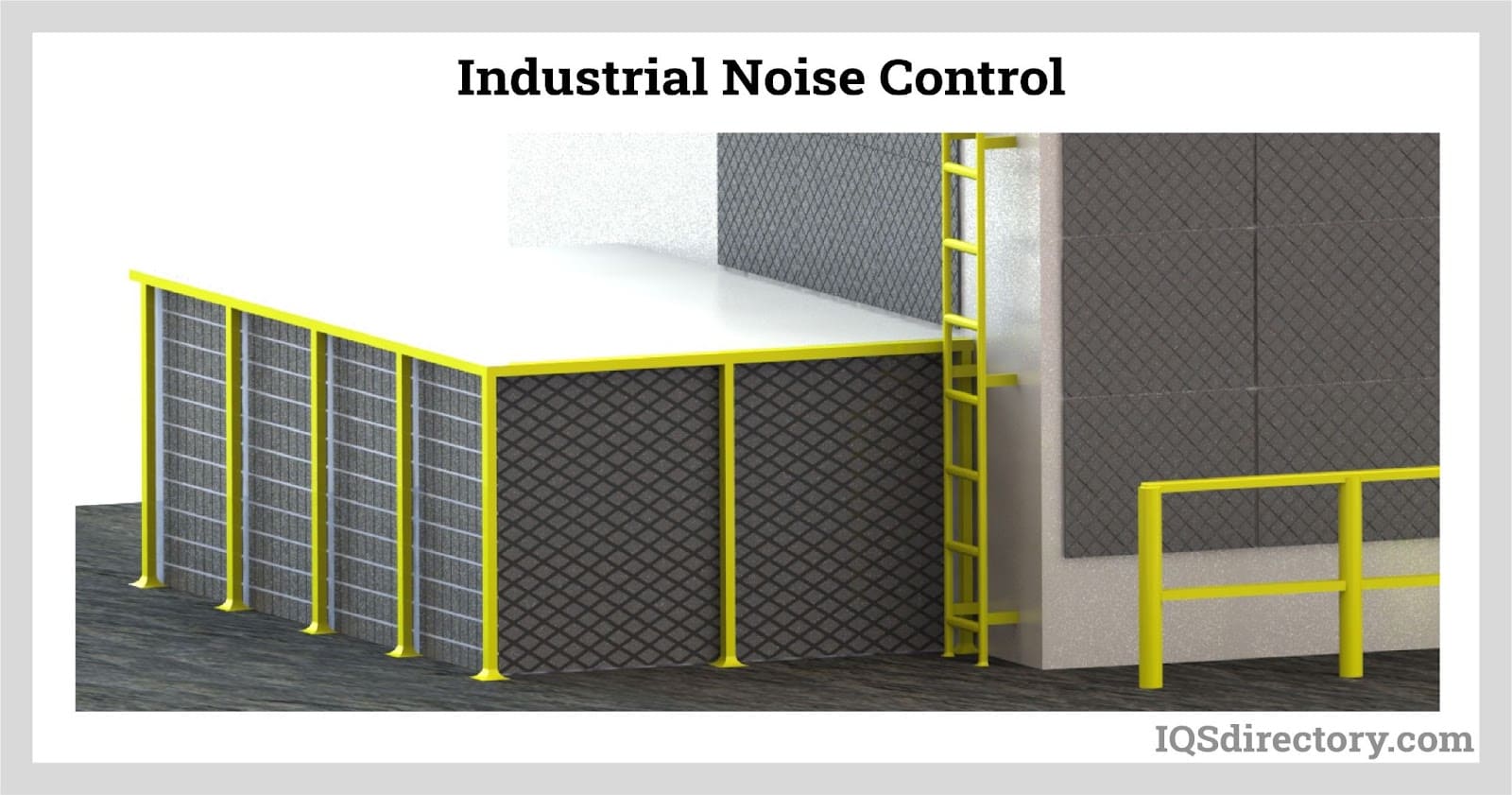
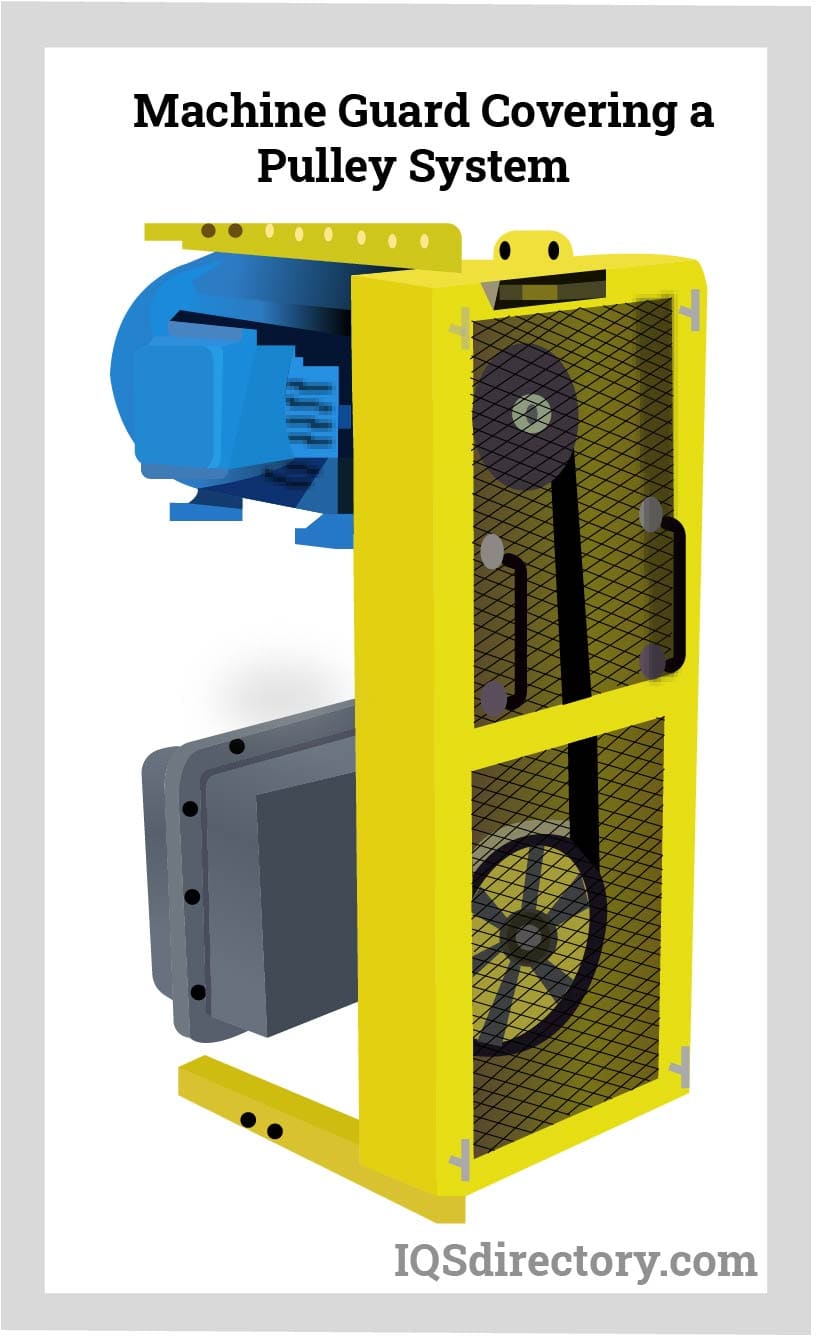
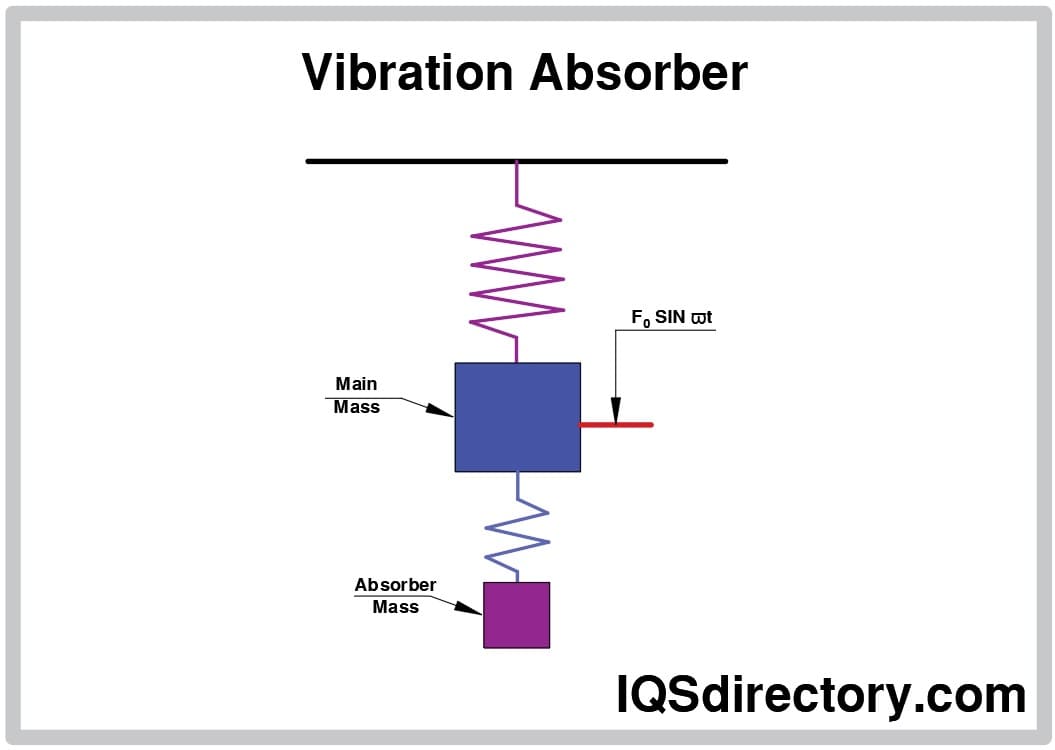
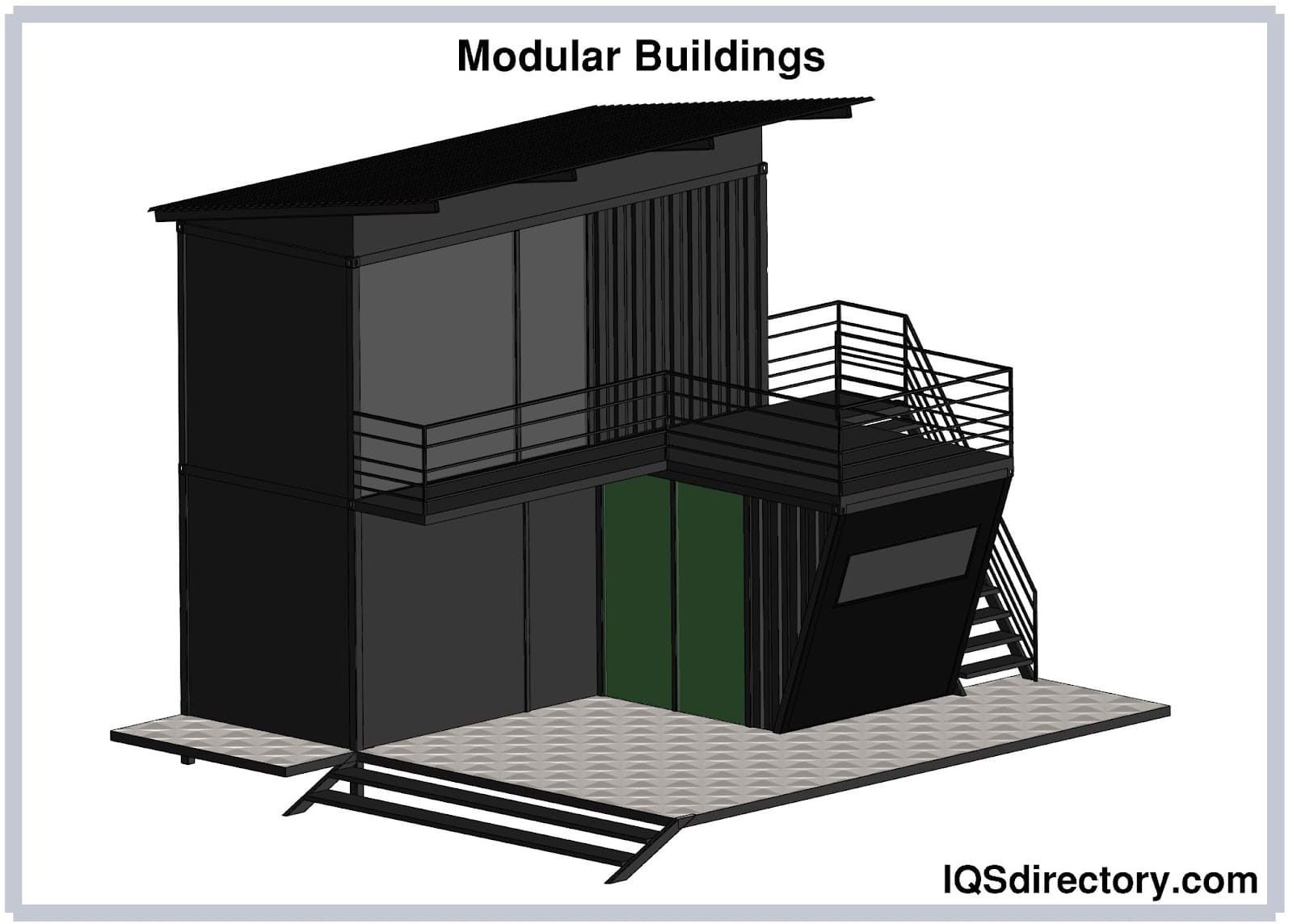

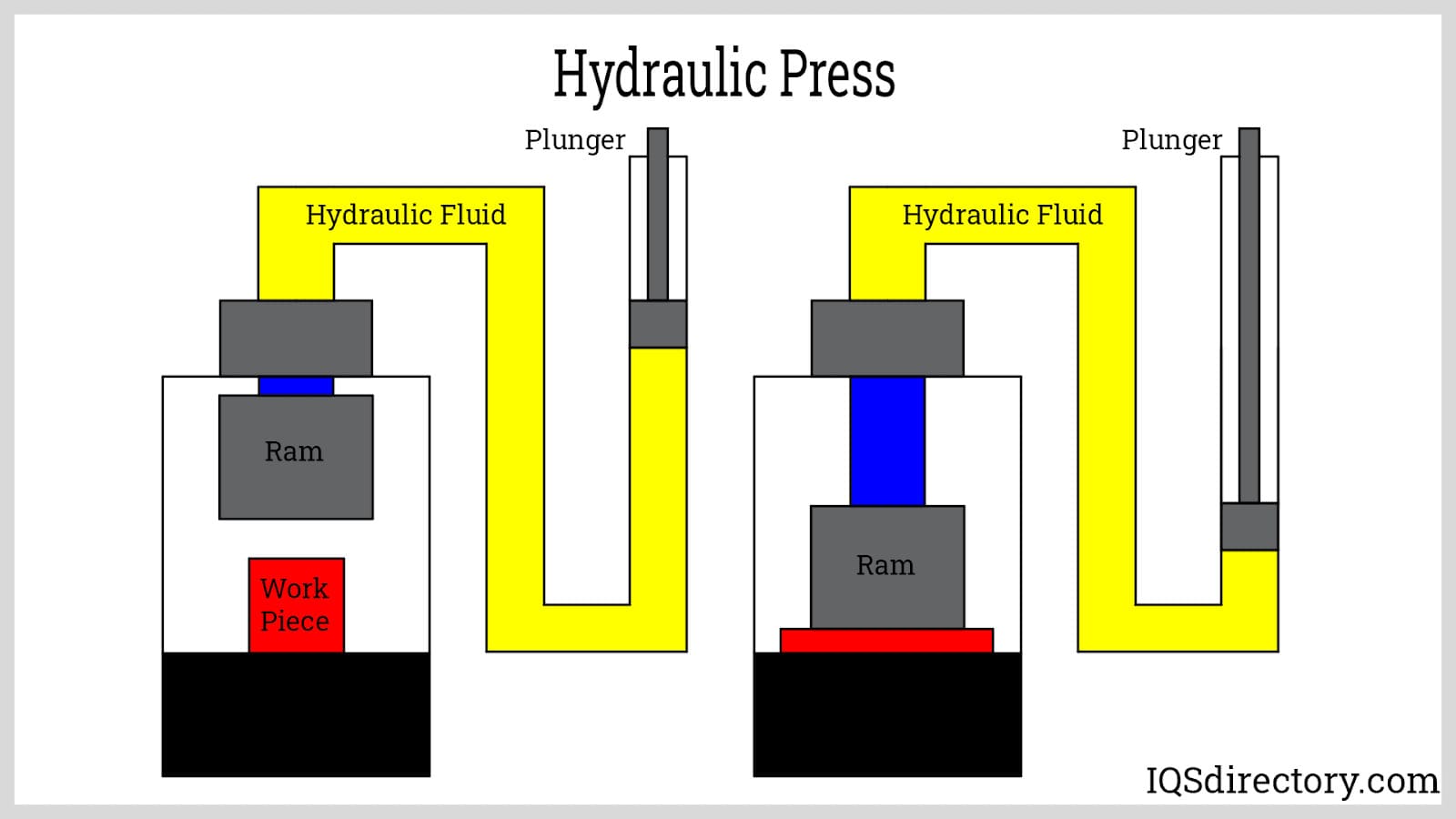
 Machine Guards
Machine Guards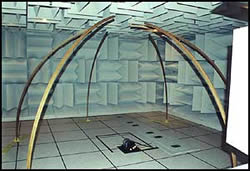 Noise Control
Noise Control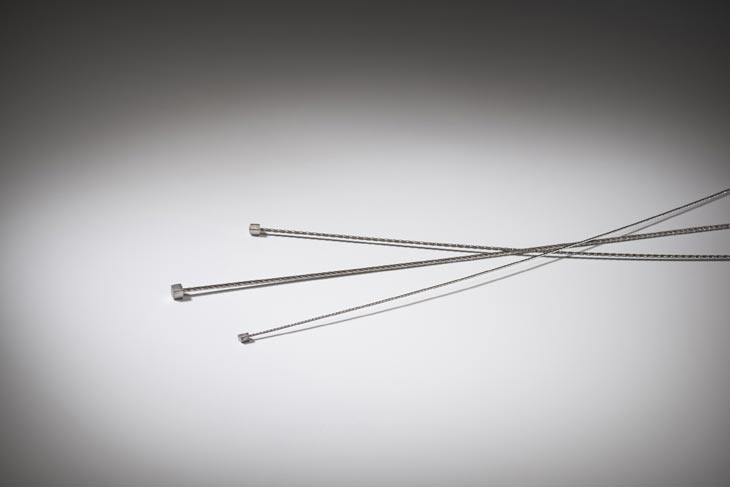 Safety Cables
Safety Cables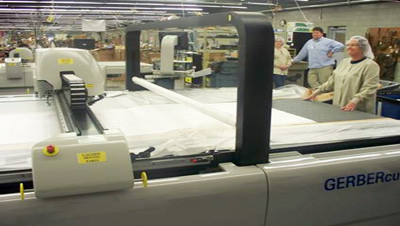 Sewing Contractors
Sewing Contractors Castings & Forgings
Castings & Forgings Bulk Material Handling
Bulk Material Handling Electrical & Electronic Components
Electrical & Electronic Components Flow Instrumentation
Flow Instrumentation Hardware
Hardware Material Handling Equipment
Material Handling Equipment Metal Cutting Services
Metal Cutting Services Metal Forming Services
Metal Forming Services Metal Suppliers
Metal Suppliers Motion Control Products
Motion Control Products Plant & Facility Equipment
Plant & Facility Equipment Plant & Facility Supplies
Plant & Facility Supplies Plastic Molding Processes
Plastic Molding Processes Pumps & Valves
Pumps & Valves Recycling Equipment
Recycling Equipment Rubber Products & Services
Rubber Products & Services